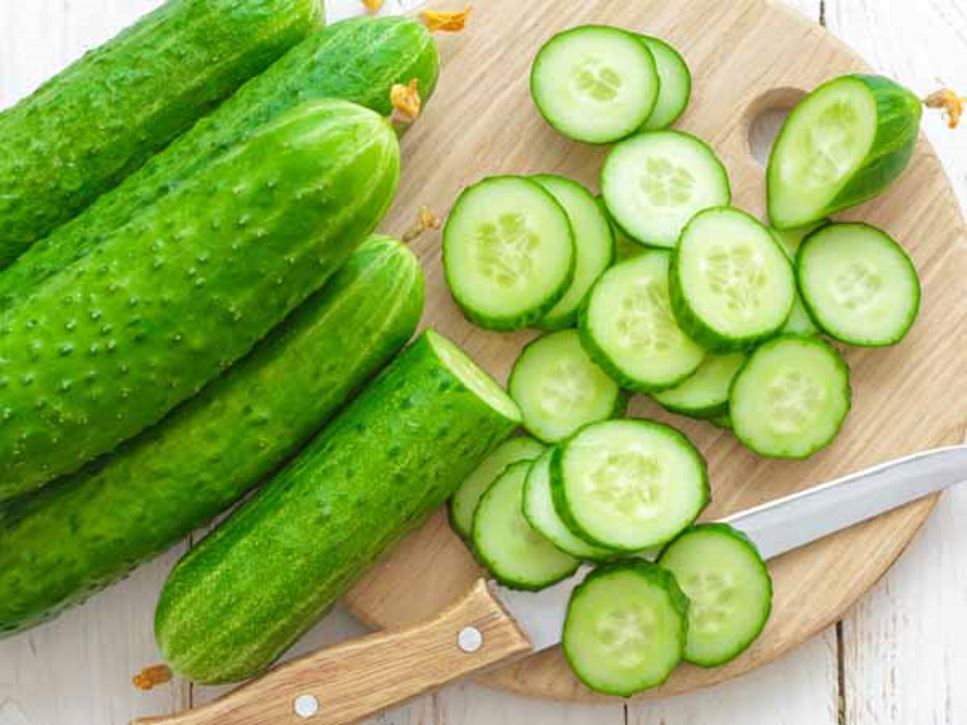Diet myths have come and gone, but some manage to stand the test of time. For example, the claim that celery, lettuce or other fruits and vegetables take more energy to chew and digest than they actually contain, is based on wishful thinking and not research. Although many vegetables and fruits may be low in calories or provide a good source of dietary fiber, make no mistake, they still count towards a day's intake and aren’t actually a “negative calorie” food.
How Metabolism Works
Our bodies burn a certain amount of calories at rest. This resting metabolic rate, or RMR, takes into account height, weight and age, as well as the energy needed for normal body functions such as breathing and pumping blood.
The next factor to consider with metabolism (and the one negative-calorie proponents will tout) is the thermic effect of food, or the amount of energy used to chew, digest and store nutrients. Approximately 10% of the calories we burn each day are used for this purpose. And, despite a minor rise in energy expenditure for a few hours after eating food — even with low-calorie foods — don't expect this to result in extra weight loss.
Physical activity, whether it’s from activities of daily living or fitness activities, must also be taken into account when calculating total calories burned in a day.
A quick search on the internet leads to lists of "negative-calorie foods" and “calorie-burning” diets. Celery often tops lists, followed by lettuce, cucumbers and a few citrus fruits. These foods share similar nutrition profiles: they’re low in calories and have water contents greater than 90% by weight. These low-calorie, plant-based foods are great additions to a balanced eating plan but they lack adequate protein and fat to be the only source of nutrition.
Establish a Flexible Approach to Eating
Shifting the focus away from individual foods and concentrating efforts on establishing a healthy eating pattern is a more sustainable and flexible approach to eating that includes a variety of foods. With over 70% of U.S. adults having "overweight" or "obese" body mass indices, there is both an interest and need for clarity when it comes to safe, healthy and sustainable weight-loss approaches. Working towards establishing an eating pattern inclusive of a balanced variety of foods is an approach that will most likely lead to healthy eating habits that will last a lifetime.
Before beginning a weight loss program, consult with a registered dietitian nutritionist who will work with you to create a realistic and healthful eating plan based on your medical history, lifestyle and preferences.
Find a Nutrition Expert
Looking for credible nutrition information and recommendations? The Academy of Nutrition and Dietetics' network of credentialed food and nutrition practitioners are ready to help!

